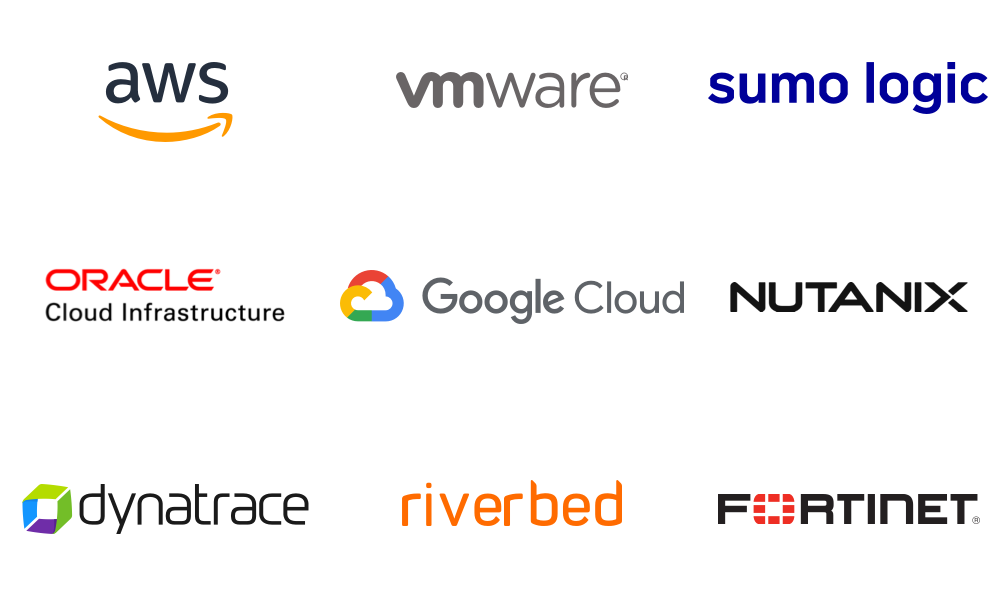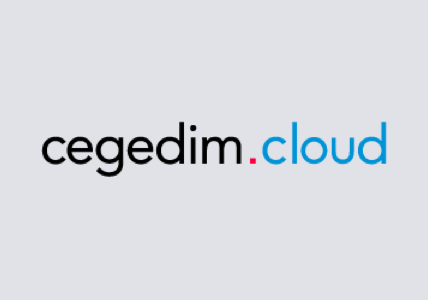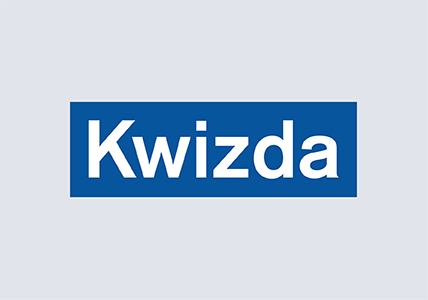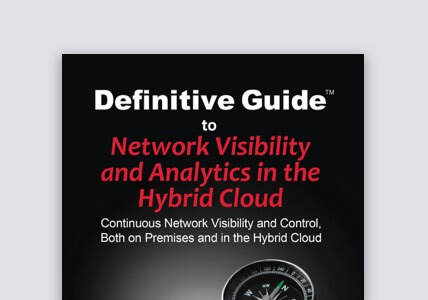Deep Observability for Cloud and Multi-Cloud Workloads
Blind spots in private and multi-cloud environments make it harder to identify risks and resolve security and performance issues.
GigaVUE® V Series nodes, part of GigaVUE Cloud Suite™, solve these visibility challenges. Deployed in any public or private cloud environment, GigaVUE V Series optimizes and distributes traffic to the security and observability tools of your choice. You get:
- Full East-West and North-South visibility of encrypted and non-encrypted cloud traffic, including containerized application traffic
- Cost savings, from sending only relevant and streamlined data to application monitoring and security tools
- Improved efficiency leveraging existing tools and familiar processes
Product Details
GigaVUE V Series observability nodes work to aggregate, transform, and distribute selected cloud traffic to tools. Extend GigaVUE V Series capabilities with Gigamon Precryption® technology and GigaSMART® applications, such as De-duplication, Advanced Flow Slicing, Application Filtering Intelligence, and Application Metadata Intelligence.
Flexibly Acquire Cloud Traffic
Send traffic from VMs and containers to GigaVUE V Series through native packet mirroring, gateway load balancers, or ideally by using GigaVUE Universal Cloud Taps (UCT).
Improve Efficiency of Tools
GigaVUE V Series supports Flow Mapping®, load balancing, packet deduplication, Advanced Flow Slicing, NetFlow generation, and Application Filtering Intelligence to further reduce irrelevant traffic to ease tool burden and sprawl.
Automate Scaling and Orchestration
Patented Automatic Target Selection lets you dynamically extract and deliver traffic as new workload instances spin up. Use Ansible, native tools, or GigaVUE-FM fabric manager to auto-scale visibility in ever-changing cloud environments.
Resources
GigaVUE Cloud Suite for AWS
Why Do You Need Observability in the Public Cloud?
Frost & Sullivan
The GigaVUE V Series allows us to see East-West traffic — not just traffic coming in and out of the organization. Now we see traffic within the organization.”
“One of CME Group’s top priorities is ensuring we are ahead of the curve when it comes to protecting the integrity of our data. GigaVUE Cloud Suite for AWS allows us to benefit from the cost efficiencies and security of a cloud solution, while standardizing our solutions across our cloud and on-premise solutions.”
OUR PARTNERS
We work with who
you work with.
Not only does Gigamon enable organizations to eliminate blind spots, optimize traffic and reduce tool costs, we have an unmatched ecosystem of partners.

Dive Deeper







